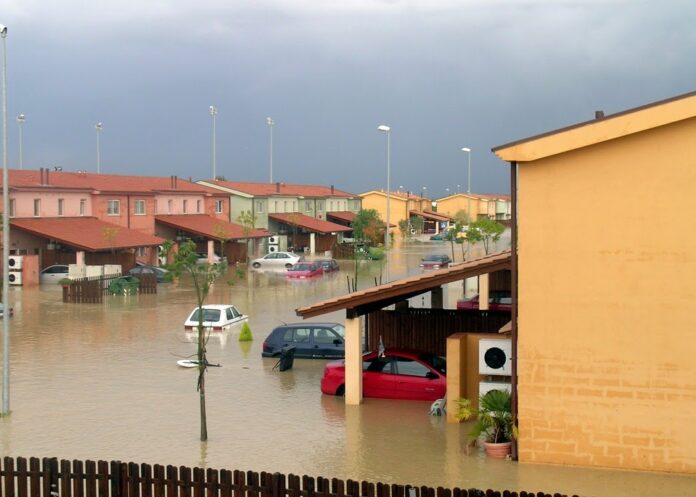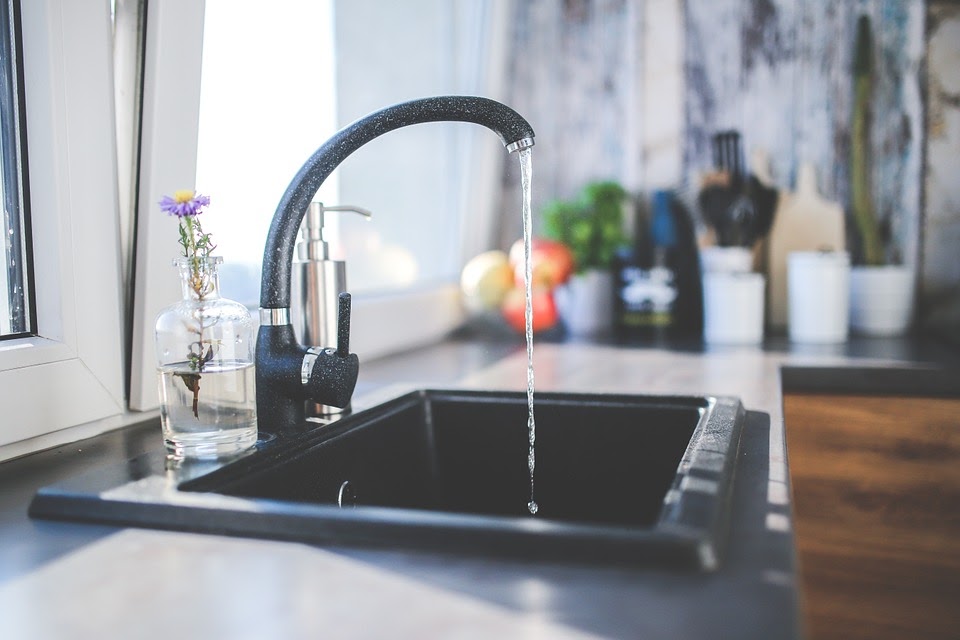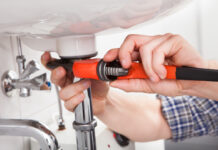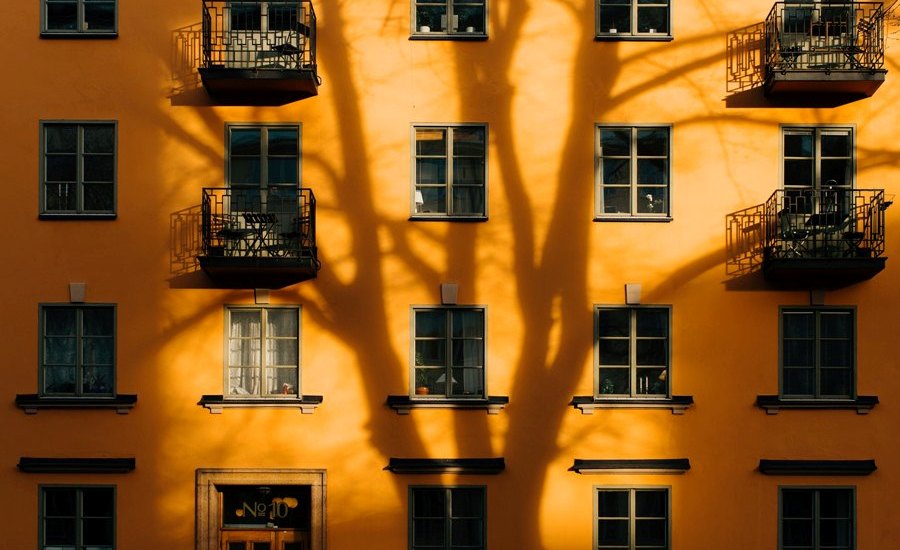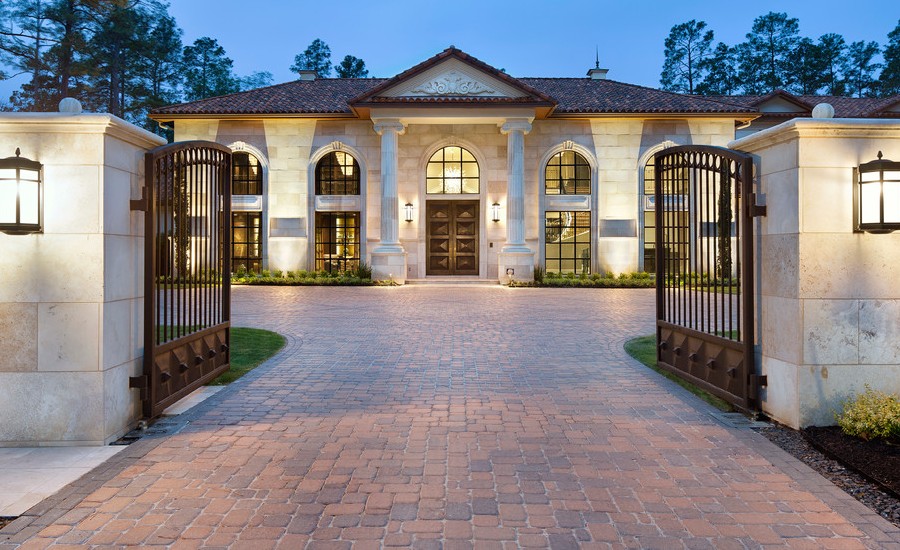Are you worried that your home may have water damage? You’re not alone. Nearly half of the homes in America will experience some form of water damage within their lifetime. You may not know it, but water damage can happen in your home without you even noticing it. But there are ways to prevent it from happening. You might be able to spot some of the signs if you know what to look for.
That’s why it’s so important to have a professional come out and inspect your property regularly to prevent any major issues from developing over time. Here are five reasons your home could have water damage and the preventative measures you should take.
1. Flooding and Wind-Driven Rain
Flooding can happen for several reasons, including storms or burst pipes. The effects of flooding can range from minor leaks to major structural issues with walls or floors. If left untreated, these problems can lead to mold growth which poses further health risks for homeowners and their families. Clarke Contractors Inc. notes that flooding is one of the leading causes of insurance claims across the U.S., with average costs for home water damage averaging $2,400 up to as high as $4,250.
Wind-driven rain is also a common yet often overlooked source of water damage. It can come in as a heavy downpour and lead to leaks in gutters or window frames, which then leads to mold growth and the threat of structural failures. To prevent flooding and wind-driven rain damage, homeowners should invest in weatherproofing solutions for their drainage areas, sump pumps, and gutters.
2. Frozen Pipes
Another common cause of water damage to a home is frozen pipes in or around the house. Frozen pipes can burst, leak and lead to extensive water damage within minutes. If you suspect your home has this problem, shut off all the faucets inside and outside the house before it’s too late. Burst pipes mainly happen during the winter months – especially after a swing from very cold to warm temperatures – so it’s important to be diligent.
Water from a burst pipe can travel in all directions, depending on the type of flooring you have and how your house is constructed. Often water will pool near walls or electrical outlets before leaking out onto the ground elsewhere inside the home. When this happens to your place, the best thing to do is to call an emergency restoration team to come out and assess the damage.
3. Roof Leaks and Overflowing Gutters
If your roof leaks and water enters through an opening in your home’s foundation, like a broken window, then you could have sheetrock damage. Roof leaks can come in through the attic or two other possible places: either through a missing roof shingle, or through broken flashing on an exterior wall that has become so brittle it’s no longer effective at preventing wind-driven rain from leaking inside your home. When rain falls onto the roof and then overflows over the edge of the gutter, it could lead to leaking inside your home.
This can happen when the gutters are clogged or debris is blocking them from draining effectively. It’s important to regularly clean the gutters and roof to avoid this problem. If you notice any leaks or dripping coming from your ceiling, it’s important to get a qualified professional to take a look at what may be going on. They will inspect for any problems before fixing them to prevent further water damage.
4. Leaky Dishwasher
When the dishwasher leaks, it can cause an unwanted mess and leave a puddle of water in your kitchen. That’s not all – when you have water spilling out from underneath your sink or stove cabinet, it may be caused by leaking pipes. If left unchecked, these leaks can lead to more extensive damage and expensive repairs.
You can avoid these problems by regularly inspecting your dishwasher for leaks, checking under appliances like the stove or sink, as well as looking in the laundry room to make sure there are no puddles of water on the ground. This will help you identify leaking problems before they become more serious and expensive.
5. Sink Overflow
In some cases, a water leak in the house can come from an overflow or cracked pipe. Your plumbing system may be at fault if you have water coming up through your sink’s drain pipe or running out of your bathtub faucet. This is especially common when homeowners overfill their tub, and it overflows onto the floor or through the drain. This can also happen when the faucet is left on.
The first step is to turn off the water supply and make sure there’s no more water running from your sink, bathtub faucet, shower, washing machine, or dishwasher before you get started. If it continues to leak after everything has been shut off, then something inside a wall may be leaking. At this point, you need to call the experts.
Protect Your Home From Water Damage
In conclusion, water is a powerful force that can cause permanent damage when it penetrates your home. While water intrusion may not seem like an imminent disaster, the truth of the matter is even if it’s just one day or night, you’ll be surprised to find the damage that’s been done and the costs involved in repairing it. Take proactive steps to prevent water from entering your home.

